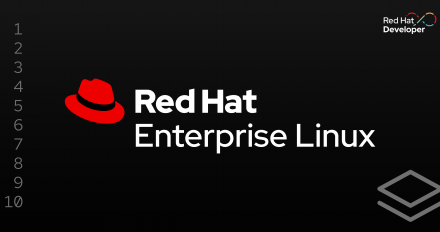
How to package Go applications in RHEL 10
Discover how Red Hat Enterprise Linux 10 beta makes the process of packaging Go applications faster than ever before.

Discover how Red Hat Enterprise Linux 10 beta makes the process of packaging Go applications faster than ever before.
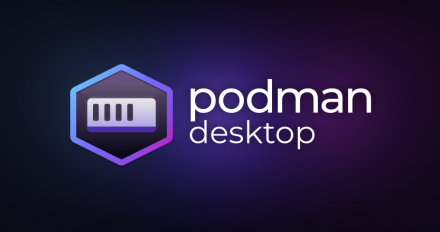
Discover how Podman Desktop makes it easy to create, deploy, and manage SQL Server containers on Red Hat Enterprise Linux.
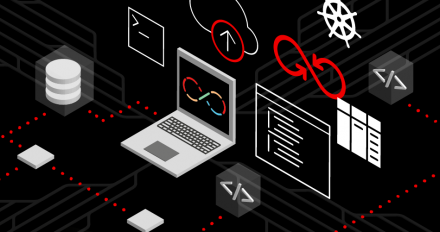
A guide on how to expose a Kubernetes service from a hosted cluster installed using the OpenShift Virtualization provider (kubevirt).

Explore new capabilities in image mode for RHEL in the 9.5 release.

Learn how to use and build bootable containers for disk image operating system deployment with Podman Desktop.
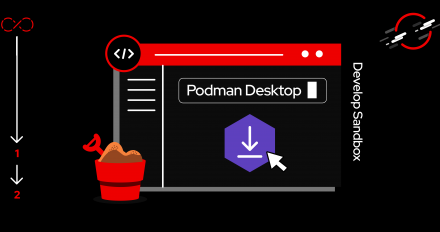
Podman Desktop and the Developer Sandbox are both valuable tools for learning
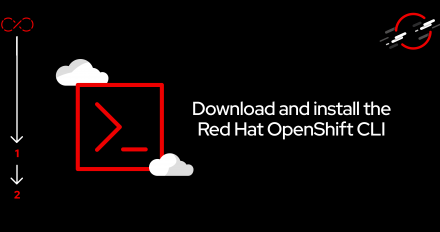
Learn how to install the oc command-line interface (CLI) in order to work with
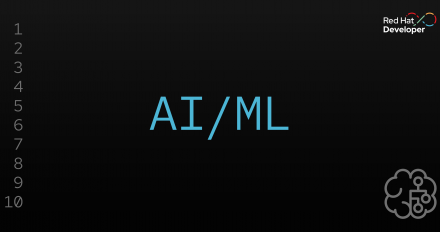
The RamaLama project simplifies AI model management for developers by using OCI containers to automatically configure and run AI models.

Learn how to configure Testing Farm as a GitHub Action and avoid the work of setting up a testing infrastructure, writing workflows, and handling PR statuses.

Find out what's new in Red Hat Enterprise Linux (RHEL) 9.5, including enhancements for workloads, container management and security, and Identity Management.

Learn how to use image mode for Red Hat Enterprise Linux to create and deploy a container source for Red Hat OpenShift Virtualization.
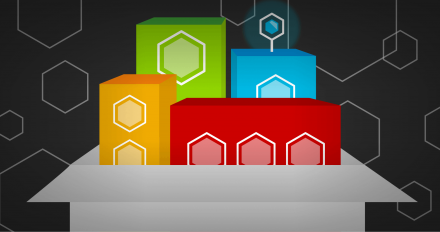
bootc's logically bound images feature allows a container image to be "bound" to a bootc image. Use bound images to deploy a basic Kafka cluster in this example.
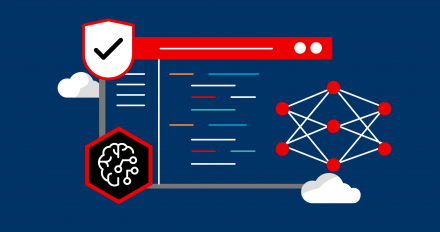
Learn how to set up a cloud development environment (CDE) using Ollama, Continue

A look at four use cases where image mode will streamline your OS and its operations.
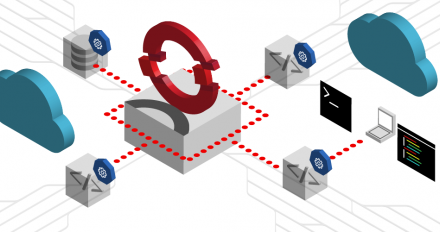
When it comes to testing, many of Red Hat's development teams require administrative access to an OpenShift cluster to verify their OLM Operators. In the Konflux project we set out to provide ephemeral clusters as a service to support our users.
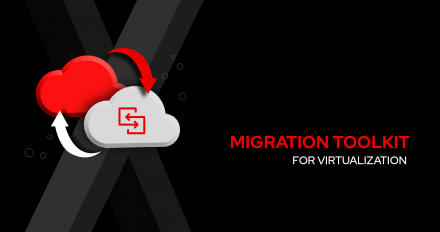
Migrate your virtual machines safely and quickly to Red Hat OpenShift with
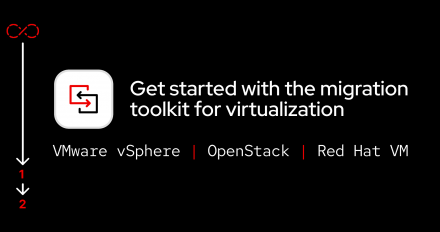
This learning exercise explains the requirements for the migration toolkit for

Leverage Red Hat's no-cost developer subscription to create and deploy custom RHEL cloud images, featuring a step-by-step containerized environment deployment example.
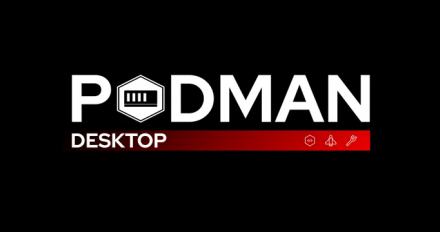
Build, manage, and deploy containers and Kubernetes locally with a desktop application for Mac, Windows, and Linux.

Build, manage, and deploy containers and Kubernetes locally with desktop application for Mac, Windows, and Linux.

Build, manage, and deploy containers and Kubernetes locally from web interface.


Learn how you can run RHEL on Windows as a Windows Subsystem for Linux distribution using Red Hat Enterprise Linux image builder.
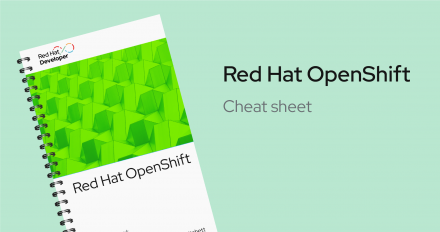
The Red Hat OpenShift cheat sheet presents basic oc commands to help you build, deploy and manage an application with OpenShift. Download the PDF at no cost.

Simplify application development for microservices and functions with OpenShift Serverless.